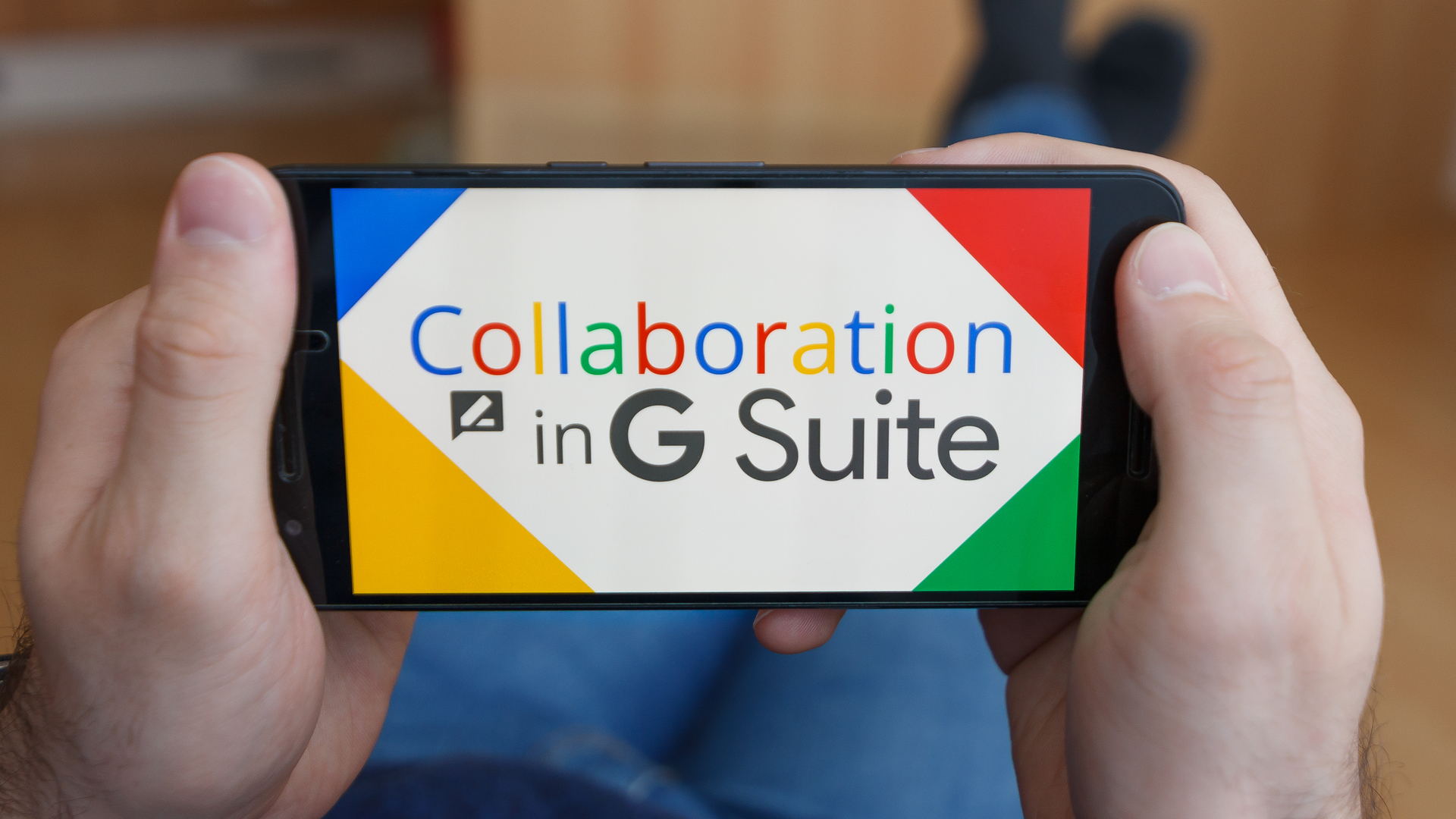Unified Communications: Making it personal
UC can no longer be badged as a luxury or gimmick; it presents a genuine business case, says Logitech’s John Howard

Recent research from Frost & Sullivan highlights that although videoconferencing is becoming more prevalent, it isn’t yet the dominant means of business communication.
Understandably, not everyone will communicate through video at work, and sometimes this might not be practical. Currently, many employees still defer to instant messaging, audio conferencing or web conferencing to communicate, and only 36 percent of businesses deploy this tool extensively at all levels.
However, with the rise of mobile and the cloud, this is set to change and encouragingly, Gartner acknowledges that UC is entering the early mainstream adoption phase.
Despite expectations that software-based videoconferencing client licences are to more than double by 2017, reaching 47.7m, companies will need to secure employee buy-in to ensure the success of the deployment, tailoring requirements dependent on each person’s role.
End-user adoption of UC will continue to mature over the next three to five years and this is one area where the channel can capitalise upon. Partners are well-placed to advise on best practice and match UC software and hardware to end users, considering the demographic make-up of an organisation when selling UC on a large scale. Resellers also need to ensure UC peripherals are front of mind as these offer greater margins than software packages.
UC can no longer be badged as a luxury or gimmick; it presents a genuine business case, allowing firms to increase productivity and efficiency.
Businesses with widespread video users, for example, can experience accelerated decision making and improved customer service by increasing productivity across dispersed teams. Regardless of their job role, all employees need a combination of software, hardware and peripherals to personalise their experience and make them most effective at their jobs. High-quality webcams and headsets that integrate with video communications technology—and which are specific to certain use cases—can significantly improve performance by ensuring workers are comfortable with their environment.
Stay up to date with the latest Channel industry news and analysis with our twice-weekly newsletter
One of the best ways to increase the uptake of UC is by making video ubiquitous but taking a personalised approach. As Gartner’s Magic Quadrant report for UC highlights, “the quality and effectiveness of the overall user experience (UX) across all devices will heavily influence the effectiveness of the solution, its adoption rate and, ultimately, enterprise productivity.” Every employee is different, and what he or she needs in terms of applications and endpoints to support a rich video collaboration experience will vary. For instance, a sales person on the road will be more likely to use video via a smartphone or tablet while someone who is mainly static at their desk will favour a high-quality webcam for use with their laptop whereas team-orientated workers may prefer devices designed for small group video conferencing.
Resellers can act as trusted advisors and counsel businesses on the hardware they should be using in order to tailor new technology to their workers’ needs. The work environment has changed as 4G connections, like those coming to London’s Tech City, have made bandwidths larger and more reliable for video conferencing on today’s significantly smaller and lighter hardware. By packaging up hardware peripherals like UC headsets and webcams with software licenses used by enterprises, the channel can capitalise on this significant revenue opportunity in 2014.
-
 Cyber resilience in the UK: learning to take the punches
Cyber resilience in the UK: learning to take the punchesColumn UK law now puts resilience at the centre of cybersecurity strategies – but is legislation simply catching up with enterprise understanding that resilience is more than just an IT issue?
-
 CISPE claims European Commission gave Broadcom a ‘blank cheque to raise prices, lock-in, and squeeze customers’ with VMware deal
CISPE claims European Commission gave Broadcom a ‘blank cheque to raise prices, lock-in, and squeeze customers’ with VMware dealNews Cloud providers have issued a formal response to the General Court of the European Union after the Commission defended its approval of the deal
-
 GoTo appoints Michael Day as its new channel chief
GoTo appoints Michael Day as its new channel chiefNews Channel veteran will lead the company’s recently announced GoTo Partner Network
-
 Zoom launches hardware as a service video conferencing portfolio
Zoom launches hardware as a service video conferencing portfolioNews The video conferencing giant has partnered with four companies to launch hardware for Zoom Phone and Zoom Rooms services
-
 Google developing all in one messaging app for business
Google developing all in one messaging app for businessNews The app will combine G Suite services into one single mobile entity, according to reports
-
 How unified communications could energise your business
How unified communications could energise your businessIn-depth Unified communications used to be a buzzword reserved for enterprises and huge budgets – but not anymore
-
 No catches: How 3CX v16 can slash your costs
No catches: How 3CX v16 can slash your costsIn-depth With an aggressive new pricing structure, it's now even easier for businesses to cut their telco costs in half
-
 Businesses 'should already be on their journey to UCaaS'
Businesses 'should already be on their journey to UCaaS'In-depth With the unified communications market on the rise, experts urge companies to shift towards an 'as-a-service' approach
-

 Sennheiser MB 660 review: Sounds like a winner
Sennheiser MB 660 review: Sounds like a winnerReviews This UC headset is expensive, but the quality is unbeatable
-
 Unified comms market to explode
Unified comms market to explodeNews UC in EMEA will be worth a whopping $16.6 billion by 2015.